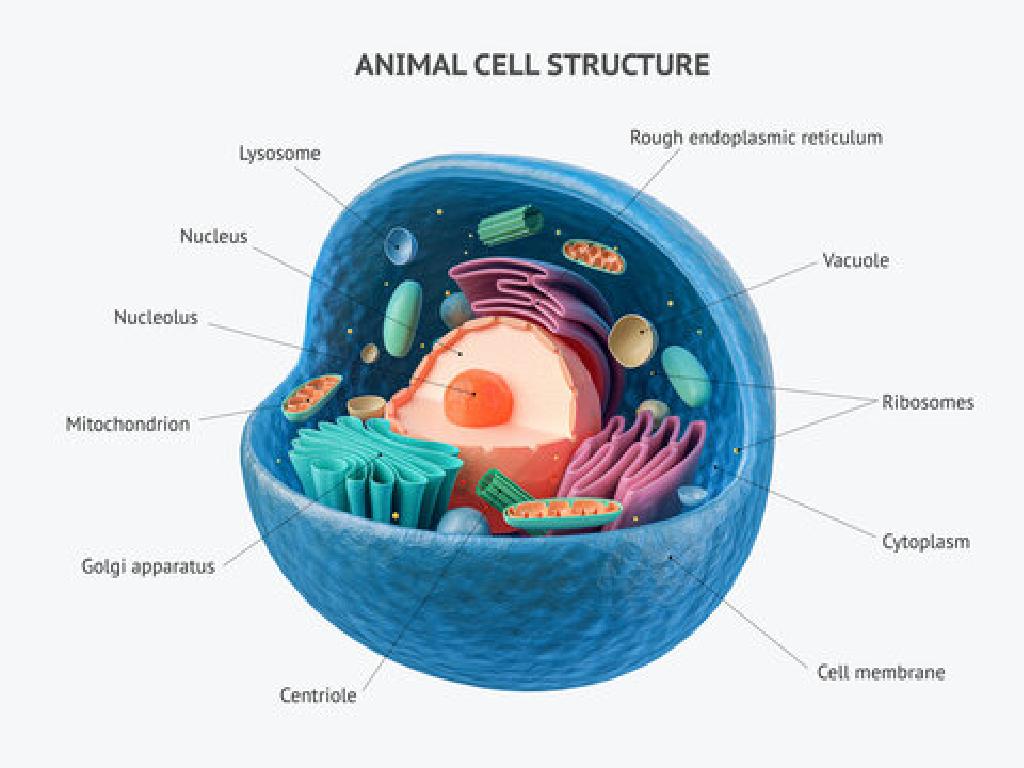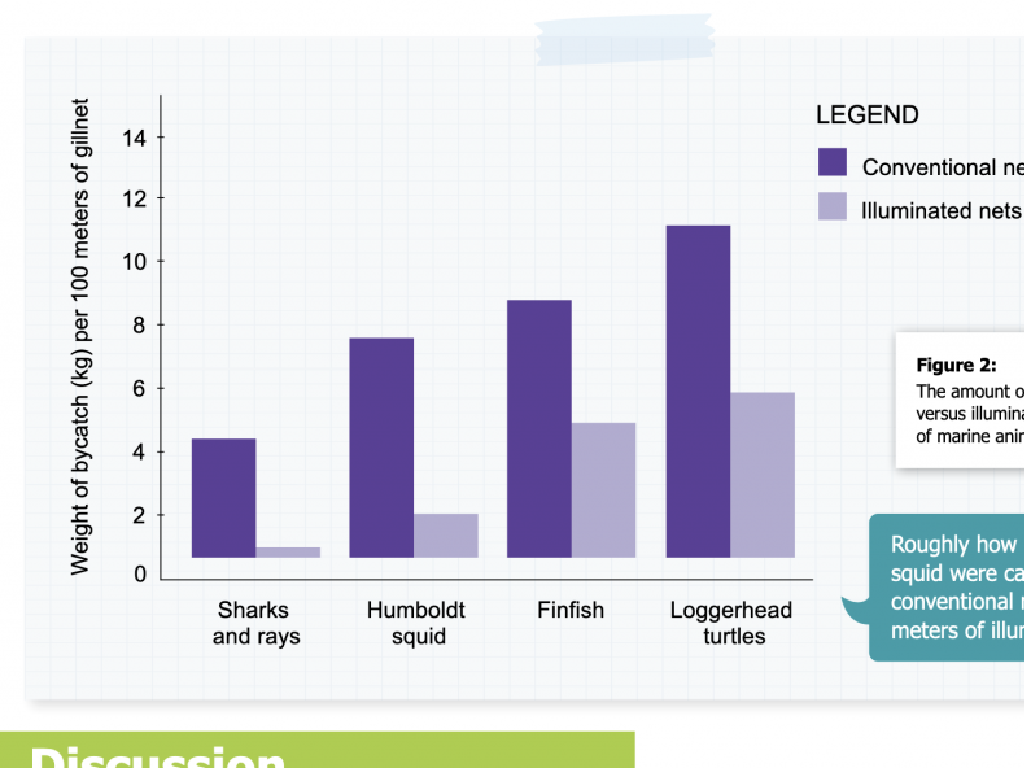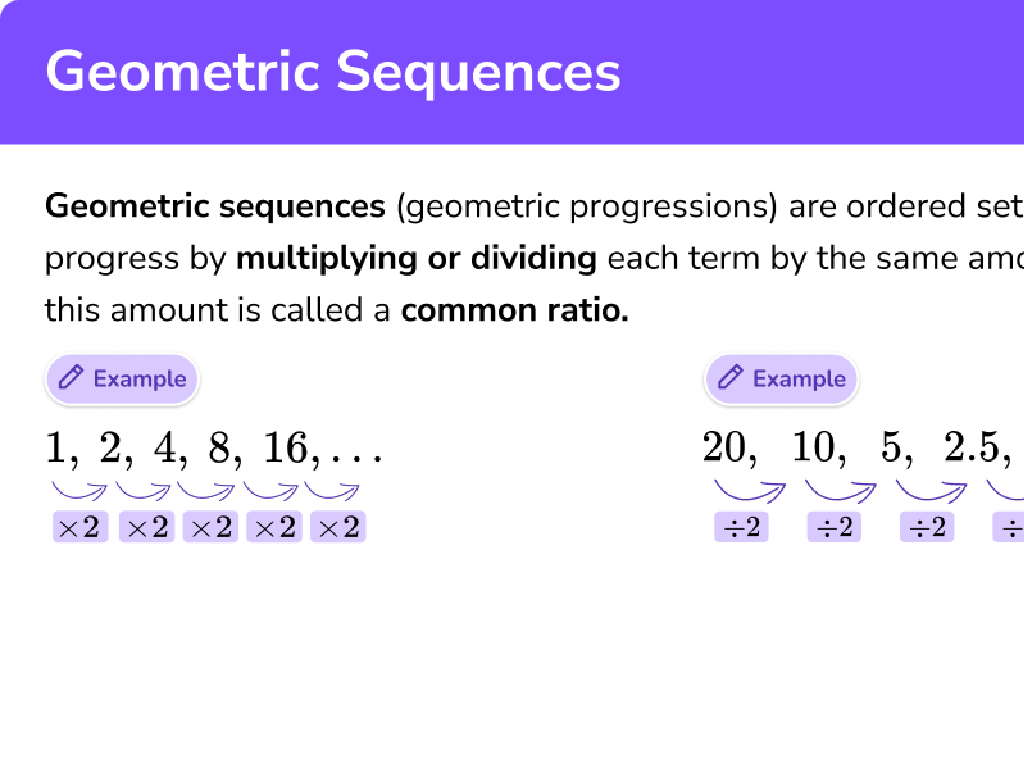Convert Between Decimals And Fractions
Subject: Math
Grade: Sixth grade
Topic: Fractions And Decimals
Please LOG IN to download the presentation. Access is available to registered users only.
View More Content
Understanding Fractions and Decimals
– What are fractions and decimals?
– Fractions represent parts of a whole; decimals are another way to show fractions.
– Differences and connections
– Fractions have numerators/denominators; decimals use place value.
– Real-life usage of fractions and decimals
– Fractions: recipes, measuring; Decimals: money, electronics.
– Converting between them
– To convert, divide the numerator by the denominator or expand the decimal.
|
This slide introduces students to the concepts of fractions and decimals, highlighting their differences and connections. Begin by explaining that fractions are a way to represent parts of a whole, with a numerator and denominator, while decimals are another method to express these parts using place value. Discuss how both are used in everyday life, such as in cooking with fractions (e.g., 1/2 cup of sugar) and using decimals when dealing with money (e.g., $0.75). Teach students the basic methods of converting fractions to decimals by dividing the numerator by the denominator and vice versa by expanding the decimal into a fraction. Use visual aids and interactive examples to reinforce learning.
Understanding Fractions
– Definition of a fraction
– A fraction represents a part of a whole
– Numerator and denominator
– Top number (numerator) and bottom number (denominator)
– Fractions in daily life
– Pizza slices, money (quarters), and measurements
– Converting fractions
– Practice converting fractions to decimals and vice versa
|
Begin with explaining that a fraction is a way to represent a part of a whole, or a division of a quantity. The numerator (top number) indicates how many parts are being considered, while the denominator (bottom number) shows the total number of equal parts the whole is divided into. Use relatable examples like slices of pizza to illustrate fractions in everyday life. For instance, if a pizza is cut into 8 slices and you eat 3, you’ve eaten 3/8 of the pizza. Discuss the importance of understanding fractions for practical applications like cooking, budgeting, and measuring. Conclude by introducing the concept of converting fractions to decimals, which is a crucial skill in mathematics and will be explored further in the next slides.
Understanding Decimals
– Define a decimal
– A decimal is a number with a point separating the whole part from the fractional part.
– Decimal place values
– Each place to the right of the decimal represents a fraction with a denominator of a power of 10.
– Decimals in daily life
– Money is a common example: $1.25 means 1 dollar and 25 cents.
– Practice with examples
|
This slide introduces the concept of decimals to the students. Begin with the definition of a decimal, emphasizing that it’s a way to express fractions and whole numbers together. Explain the place value system, where each position to the right of the decimal point represents tenths, hundredths, thousandths, etc. Use everyday examples like money to illustrate decimals in a context familiar to the students. Encourage them to think of other examples where they encounter decimals. Conclude with some practice problems to solidify their understanding, such as converting a fraction like 1/2 into a decimal (0.5) and vice versa.
Converting Fractions to Decimals
– Divide numerator by denominator
– If you have 3/4, divide 3 by 4
– Use long division for large numbers
– For fractions like 7/8, apply long division
– Example: Convert 3/4 to decimal
– 3 divided by 4 equals 0.75
|
This slide focuses on the process of converting fractions to decimals, which is a fundamental skill in understanding the relationship between these two forms of numbers. Start by explaining that the top number (numerator) must be divided by the bottom number (denominator). For simple fractions, this can be done mentally, but for more complex fractions, long division may be necessary. Use the example of 3/4 to show students a clear, step-by-step conversion process. Demonstrate long division on the board if needed, and encourage students to practice with additional examples. Remind them that understanding this conversion is crucial for their future math studies and real-life applications.
Converting Decimals to Fractions
– Write decimal over 1
– Multiply to remove decimal
– If we have 0.75, multiply by 100/100 to get 75/100
– Simplify the fraction
– Reduce 75/100 to its simplest form 3/4
– Example: Convert 0.75
– 0.75 is equal to 3/4 in fraction form
|
This slide is aimed at teaching students the process of converting decimals to fractions. Start by writing the decimal number over 1 to create a fraction. To eliminate the decimal point, multiply both the numerator and the denominator by the same power of 10 – this could be 10, 100, 1000, etc., depending on the number of decimal places. After removing the decimal, simplify the fraction by finding the greatest common divisor for the numerator and the denominator and dividing both by that number. For example, to convert 0.75 to a fraction, we write it as 0.75/1, multiply by 100/100 to get 75/100, and then simplify to 3/4 by dividing both the numerator and the denominator by their greatest common divisor, which is 25. Encourage students to practice this method with different decimals to become comfortable with the process.
Practice Time: Converting Fractions and Decimals
– Convert fractions to decimals
– Use division to change a fraction to a decimal
– Convert decimals to fractions
– Place the decimal over 1 and multiply to remove decimal point
– Work through examples together
– Example: 3/4 = 0.75 and 0.8 = 8/10
– Practice problems for mastery
|
This slide is designed for a hands-on practice session where students will apply their knowledge of converting between fractions and decimals. Start by demonstrating how to convert fractions to decimals by dividing the numerator by the denominator. Then, show how to convert decimals to fractions by writing the decimal over one and multiplying numerator and denominator by 10 until there are no more decimal places. Work through examples as a class, and then provide a set of practice problems for students to try on their own. Encourage students to ask questions and assist each other to foster a collaborative learning environment. The goal is for students to become comfortable with these conversions through repetition and practice.
Class Activity: Fraction-Decimal Bingo
– Receive your unique Bingo card
– Listen for the called number
– Find the equivalent fraction/decimal
– If I say 0.75, mark 3/4 on your card
– Mark five in a row to win
|
This activity is designed to help students practice converting between decimals and fractions in a fun and interactive way. Each student will receive a Bingo card filled with a mix of fractions and decimals. As the teacher, you will call out numbers in either decimal or fraction form, and students must find the equivalent on their Bingo cards and mark it. For example, if you call out ‘0.25,’ students should look for and mark ‘1/4’ on their cards. The first student to get five correct equivalents in a row horizontally, vertically, or diagonally shouts ‘Bingo!’ and wins. Prepare several rounds of the game with different cards to give multiple students a chance to win. Make sure to have small prizes or rewards for the winners to keep the game exciting. This activity not only reinforces the concept of equivalence between fractions and decimals but also encourages attention and quick thinking.
Converting Fractions and Decimals: Homework
– Congratulations on learning conversions!
– Complete the conversion worksheet
– Worksheet includes a mix of fractions to decimals and vice versa
– Note any questions for next class
– Write down any difficulties to discuss
– Practice makes perfect
|
This slide wraps up the lesson on converting between fractions and decimals. The students are assigned a worksheet for homework to reinforce their understanding of the concepts taught in class. The worksheet should contain a variety of problems, some converting fractions to decimals and others converting decimals to fractions. Encourage students to attempt all problems and write down any questions or challenges they encounter. Remind them that practice is key to mastering this skill and that they should bring their questions to the next class for clarification. This will help ensure they are well-prepared and confident in their ability to convert between fractions and decimals.





